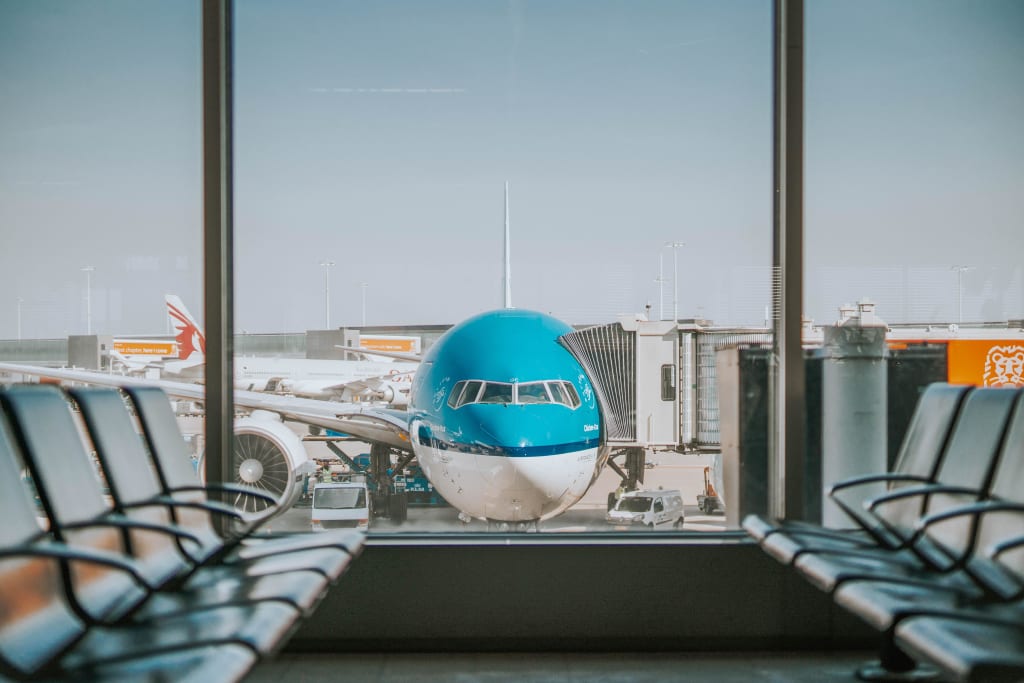Hidden Travel Secrets You Need to Know
Jetsetter's Guide : Facts

Many airports feature carpets in their gate areas, a feature often accompanied by added benefits such as lowered ceilings, comfortable seating, and pleasant natural lighting. While these enhancements come at a higher cost for airports and carpet maintenance proves more challenging compared to hard floors, their presence cultivates a cozy atmosphere for passengers awaiting flights, inducing relaxation. However, this is not solely an act of goodwill on the airport's part. According to social research, tranquil passengers are 7-10% more inclined to engage in window shopping and actual purchases within the lounge or duty-free zones. By investing in passenger comfort, airports actually amplify their revenue.
For those curious about the fate of their baggage during a flight, the answer is relatively straightforward: airport staff loses oversight once the baggage departs their domain. Baggage is automatically sorted through scanners that scan barcodes and allocate them to their designated destinations. Airport baggage handlers execute three core functions: transferring bags from check-in to the gate, moving them between gates for connections, and relocating bags from the aircraft to the baggage claim. Delays in luggage movement can result in missed connecting flights or the reverse scenario, where baggage arrives before passengers due to immigration or security hold-ups. Inadvertently leaving old destination stickers on luggage can lead to misrouting, highlighting the importance of proper labeling.
Airports commonly feature expansive kitchens responsible for preparing passenger food. These kitchens cater to multiple airlines simultaneously and must operate round-the-clock, as the preparation of airplane cuisine, often requiring 6-10 hours of advance cooking, demands unwavering service. The surprising detail lies in the fact that flight menus are crafted up to a year in advance. This meticulous planning is essential, as each ingredient incurs costs. An airline once saved $40,000 by omitting a single olive from its salads, emphasizing the economic significance of menu design.
Security procedures at airports extend to devices like atomizers, which check for hazardous chemicals on passengers' hands. This precaution, despite its initial apprehension-inducing appearance, is harmless. Airport staff place samples of dangerous substances into atomizers before their shifts, with the device memorizing these scents. In case an individual's hands carry the scent of these chemicals, airport personnel are alerted to potential danger.
In the realm of security checkpoints, items seized from passengers during pre-flight inspections can be stored at the airport for up to three months. Additionally, travelers have the option to send these items to any domestic address. Unclaimed confiscated items can be auctioned, with the proceedings often reaching global destinations.
The "golden hour" describes the initial 60 minutes post-check-in, during which passengers are statistically prone to spending more money in retail and duty-free zones. Airports capitalise on this window by placing comfortable seating right in front of shops, luring passengers to engage in shopping while enjoying a relaxed ambiance.
While the notion of opening an aircraft door mid-flight may trigger concerns, the reality is much more reassuring. The difference in air pressure, combined with the door's design, makes such an act nearly impossible, safeguarding both passengers and the aircraft itself.
Window shades aren't merely a matter of convenience; they serve practical purposes. Keeping shades up during takeoff and landing allows ground crew to monitor the plane's interior for any issues, ensuring swift action if problems arise. Additionally, maintaining shades up aids passengers' eyes in adjusting to outside light, a crucial factor during emergencies when quick evacuation is necessary.
The numbers and letters on runways serve as directional indicators for pilots. These markings help pilots determine the heading of the plane and the orientation of the runway. Furthermore, commercial airplanes possess a single wing, comprised of both left and right sections. This design harkens back to the biplane concept with two wings, which later transitioned into a singular, more aerodynamic structure.
Jet streams, fast-moving air currents high in the atmosphere, enable aircraft to attain higher speeds by riding their flow. Airlines often take advantage of jet streams to optimise fuel consumption and reduce travel time.
Air turbulence can be unexpected, with clear air turbulence (CAT) posing a unique challenge. Unlike visible turbulence associated with clouds, CAT forms when opposing air currents collide at high speeds. Pilots cannot anticipate CAT, making it difficult to prepare passengers in advance.
While lightning striking an airplane can result in exterior damage, the aircraft's design ensures passengers remain safe within the fuselage. Lightning typically strikes the plane's tips and exits from the tail, causing minimal internal impact.
Airports offer an amalgamation of secrecy and intrigue, from hidden lounges to profilers assessing passenger behaviour. By employing efficient packing techniques and understanding airport dynamics, travellers can navigate these complex environments with ease.
About the Creator
Imogen Williams
Hey :) If you'd like to have a read, please do! Have a great day :)






Comments
There are no comments for this story
Be the first to respond and start the conversation.